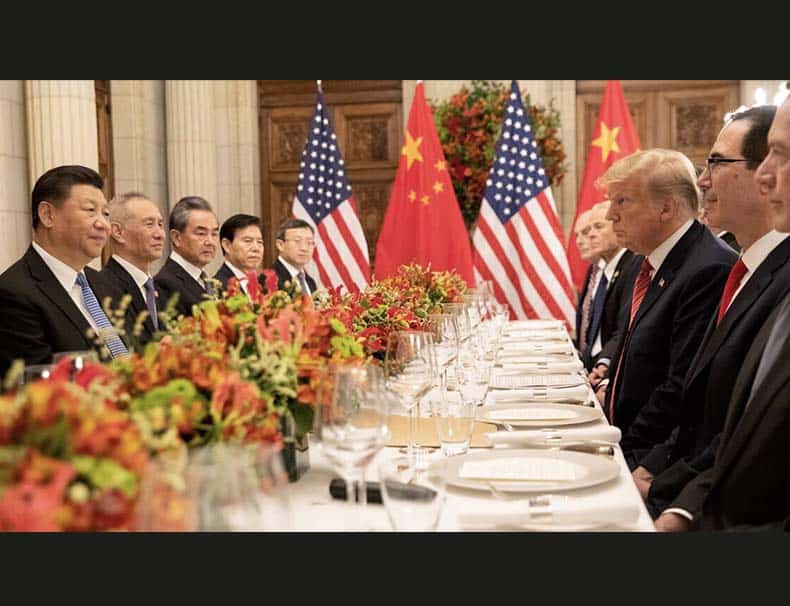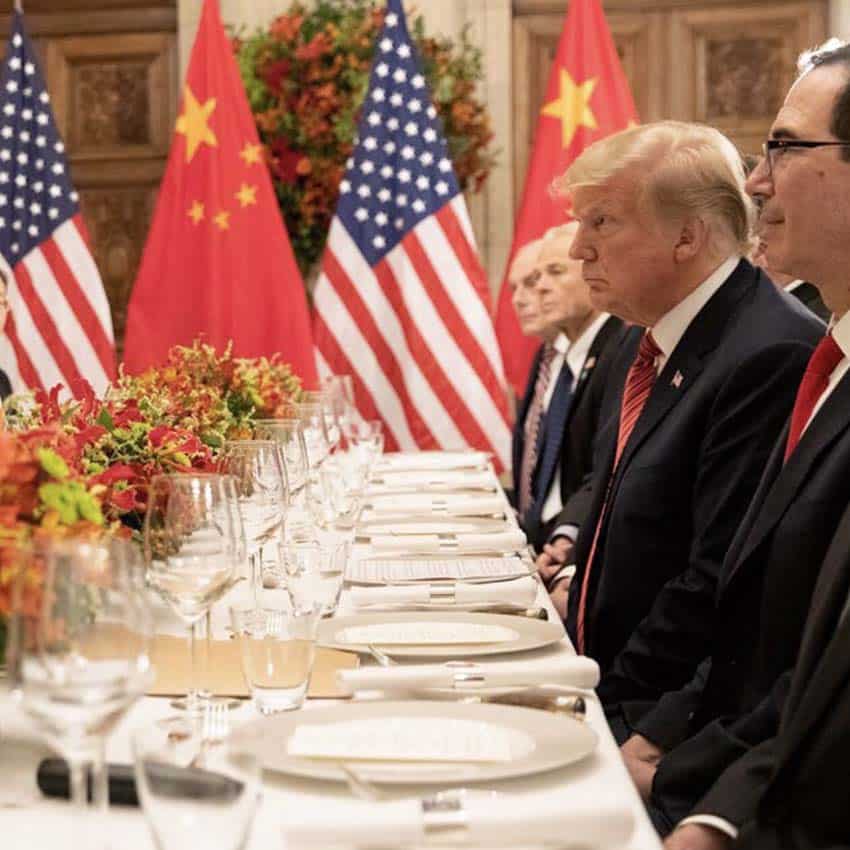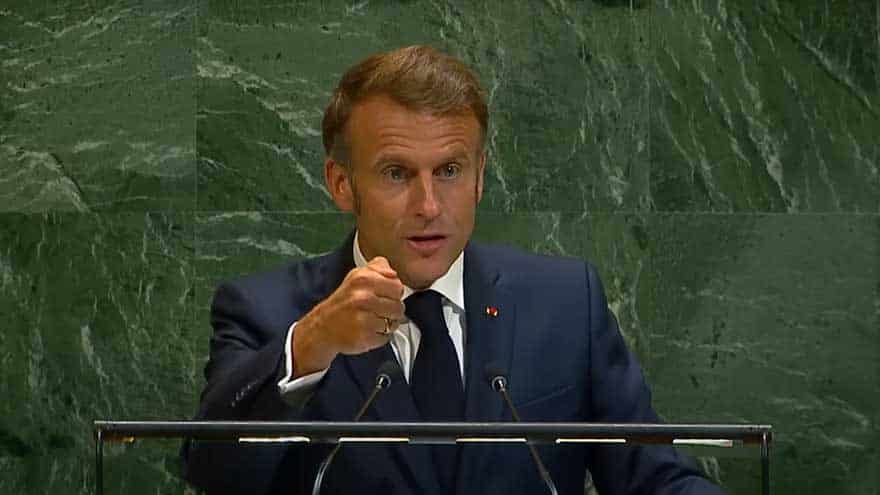Six months into his second presidency, President Trump’s approach to China has proved both more confrontational and more transactional than many observers anticipated. And there are now signs that the Trump Administration may beginning to reassess its moves.
President Trump signalled a hard line on China with hawkish cabinet picks, including Secretary of State Marco Rubio and National Security Advisor Michael Waltz.
And he wasted little time in implementing his campaign promises regarding China trade policy: Within weeks of inauguration, the administration launched what many economists have called the most aggressive trade war in recent history.
Shortly after his inauguration, President Trump signed an executive order imposing an additional 10 percent tariffs on imports from China, which took effect in February 2025.
The Trumpist tariff strategy has been both sweeping and escalatory. Starting in April, President Trump imposed a minimum 10 percent tariff on nearly everything the US imports, although goods from China faced a higher tariff of 30 percent.
The administration’s broader China strategy included plans to fundamentally restructure the economic relationship between the two nations. The US President pledged to revoke China’s most-favoured-nation trading status and has threatened minimum of 60 percent on Chinese imports, signalling a departure from decades of economic engagement and the start of a process of decoupling.
Beyond trade, the Trump Administration expanded restrictions on Chinese ownership of American assets. President Trump has promised “aggressive new restrictions” on Chinese ownership and said he will pressure Chinese companies to sell holdings that threaten national security interests. This encompasses farm land, natural resources, technology companies, and ports.
These moves represented a broader shift toward viewing the trade relationship through national security lenses, promoted by the China hawks in the administration. Economic competition has increasingly framed it as a matter of strategic rivalry rather than a matter of mere trade disputes.
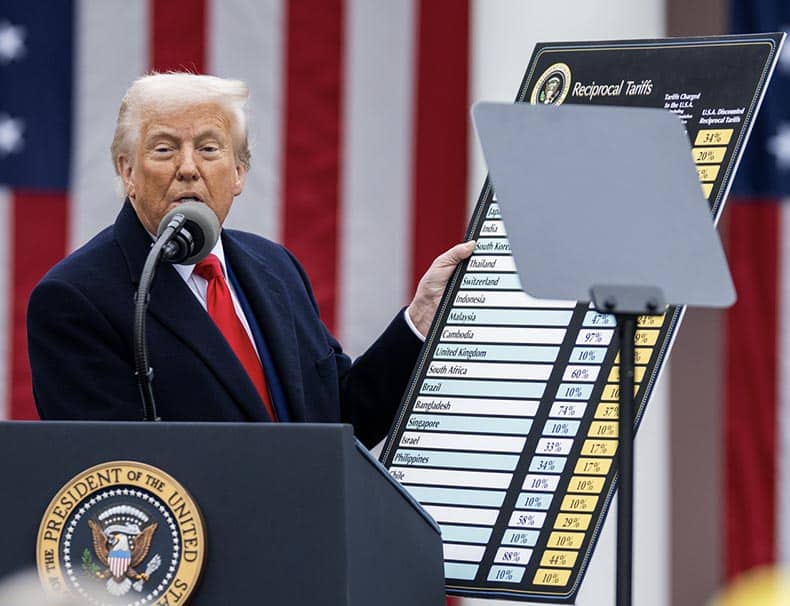
From Pressure to Pragmatism
Despite the aggressive opening moves, President Trump’s second term has also demonstrated his willingness to pull back from maximum pressure when it serves his interests.
Hence in mid-May the Trump Administration reached an agreement with China to lower tariffs dramatically and open some markets that both side had closed off as tensions rose. Tariffs on Chinese imports fell to 35 percent from 145 percent, which had been an historic level.
That dramatic reduction demonstrated President Trump’s transactional approach to international relations. The 90-day suspension of the heaviest tariffs has created space for ongoing negotiations, with both sides apparently recognizing the economic costs of sustained maximum pressure.
Indeed, the tariffs war had significant economic implications for both nations and global economy. American companies have faced particular challenges adapting to the volatile policy environment.
The triple-digit tariffs on Beijing had set off an economically perilous trade clash with China retaliating through restrictions on critical minerals and magnets needed by American factories.
Some sectors have received temporary relief, with the administration exempting certain technology products from the harshest tariffs, but many businesses report difficulties with long-term planning amid policy uncertainty.
President Trump’s confrontational approach extended beyond China to traditional allies, potentially reshaping regional dynamics in Asia. His administration’s pressure on Canada, Mexico and European partners has created opportunities for China to strengthen relations with countries seeking alternatives to American economic partnerships.
Hence the unpredictability of President Trump’s approach has forced some regional powers to recalculate their strategic positions, with some hedging their bets between the two superpowers rather than aligning clearly with Washington.
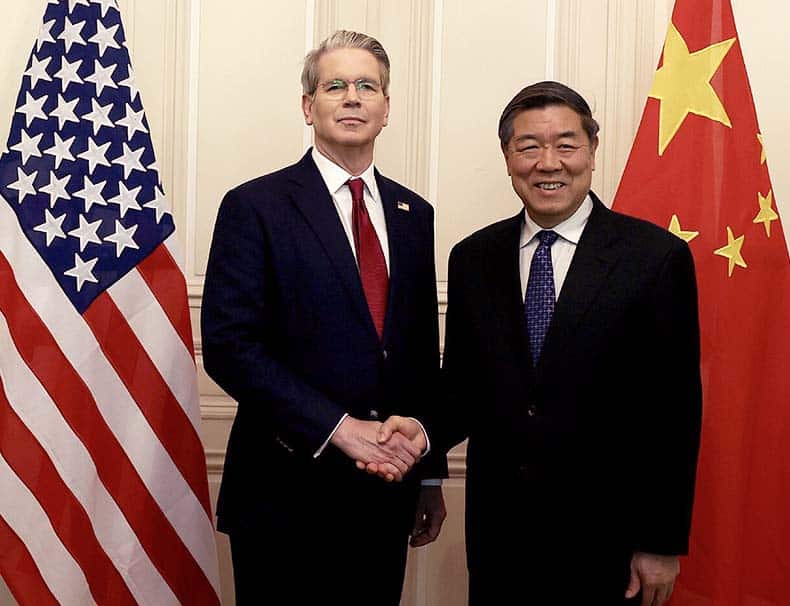
Cracks in the Hawkish Front
The rising costs of a growing confrontation with China, has led to the reassessment of these policies in Washington. Most intriguingly, the Trump Administration reversed its position on technology controls, most notably allowing Nvidia to sell lower-level AI chips (H20) to China after previously banning such sales just three months earlier.
Some suggest that this dramatic about-face from the administration’s initial hardline stand, may reflect the eroding power of the China hawks in the administration, including personnel changes.
Alex Wong, a known China hawk and former deputy national security advisor has been reassigned to another role and the State Department has shuttered the team involved in South China Sea security.
These changes appear tied to President Trump’s broader diplomatic strategy. Some in Washington are speculating that President Trump may be angling for a Chinese trip as he courts a more assertive China.
But it’s doubtful that the administration is planning to reset the relationship with China through direct engagement rather than continued confrontation.
In a way, several patterns have emerged in Sino-American relationships under President Trump. The administration appears committed to using economic pressure as its primary tool for reshaping the relationship, but remains willing to negotiate when faced with economic or political costs at home.
The relationship has become increasingly characterized by cycles of escalation followed by tactical compromises, reflecting President Trump’s preference for dramatic gestures and deal-making. But neither side appears willing to accept a return to the pre-2016 status quo, suggesting that heightened tensions and economic competition will remain defining features of the relationship.
